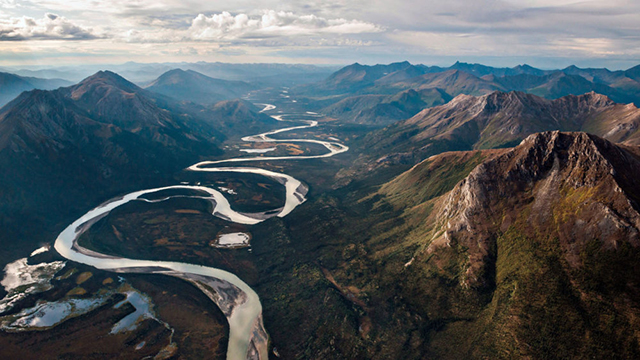This article was originally published in Yale Environment 360 on February 13, 2020
By Jim Robbins
Leading scientists and conservationists are proposing that up to 50 percent of the earth’s land and oceans be protected in the coming decades. While some view the goal as unrealistic, proponents say it is essential for preserving the natural systems on which life itself depends.


As humans continue to rapidly expand the scope of their domination of nature — bulldozing and burning down forests and other natural areas, wiping out species, and breaking down ecosystem functions — a growing number of influential scientists and conservationists think protecting half of the planet in some form is key to keeping it habitable.
The idea first received public attention in 2016 when E.O. Wilson, the legendary 90-year-old conservation biologist, published the idea in his book Half Earth: Our Planet’s Fight for Life. “We now have enough measurements of extinction rates and the likely rate in the future to know that it is approaching a thousand times the baseline of what existed before humanity came along,” he told The New York Times in a 2016 interview.
Once thought of as aspirational, many are now taking these ideas seriously, not only as a firewall to protect biodiversity, but also to mitigate continued climate warming.
One of the major reasons for adoption of these extreme preservation goals is a 2019 report by the Intergovernmental Science-Policy Platform on Biodiversity and Ecosystem Services (IPBES), which found that more than 1 million species are at risk of extinction. Conducted by hundreds of researchers around the world, the study is considered the most comprehensive analysis of the state of the world’s biodiversity ever.
Support the Half-Earth Project efforts to protect global biodiversity.

